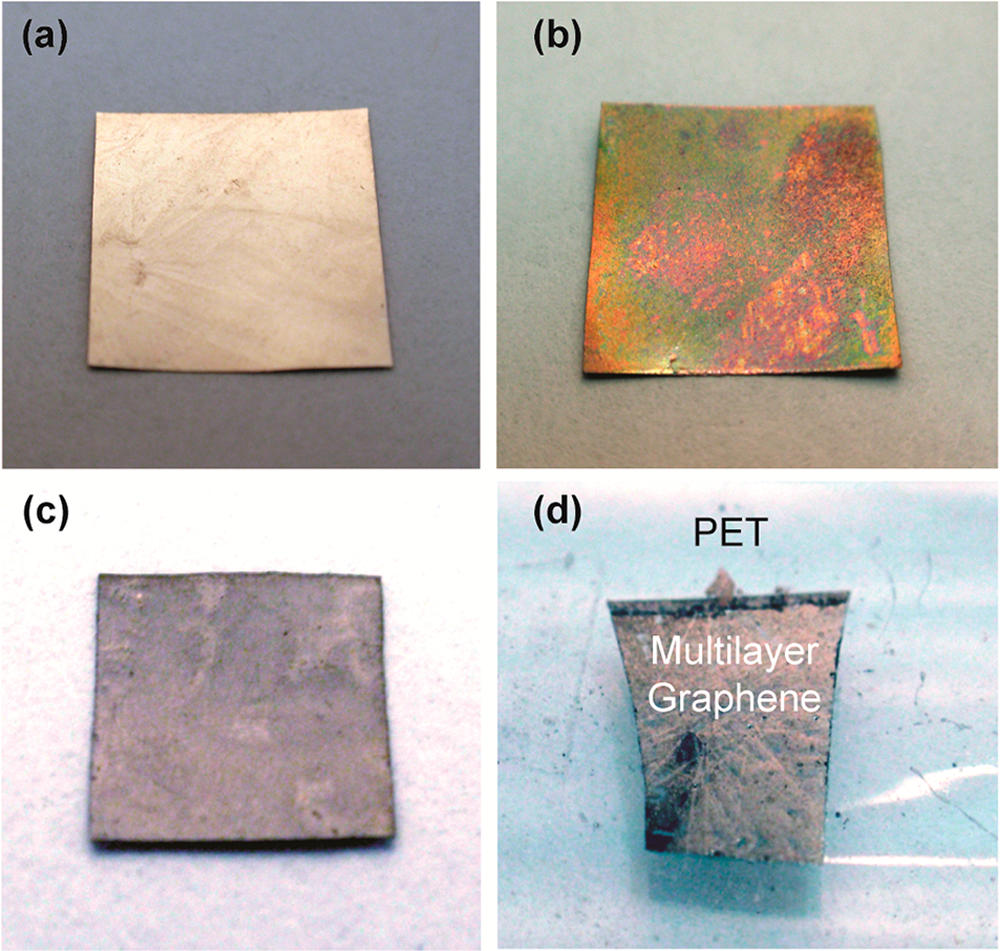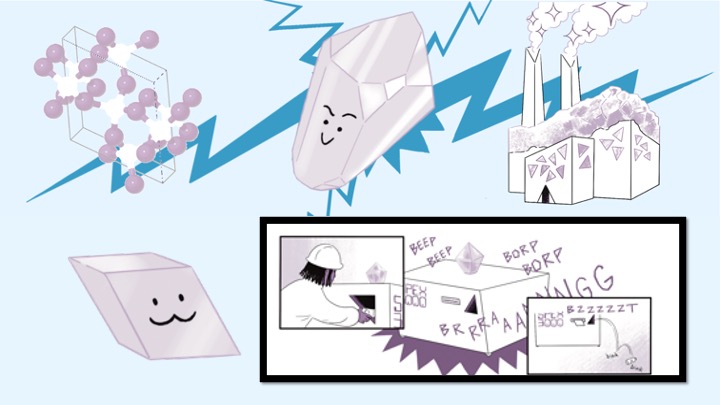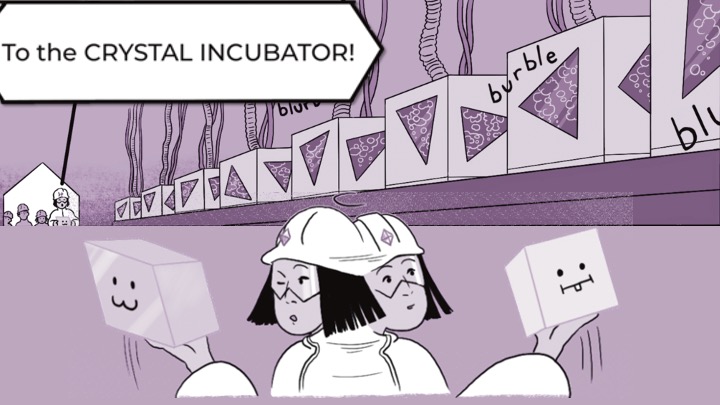Make 21st-Century Wonder Material Graphene Cheaply and Easily in the Classroom!
WisconsinMRSEC2021-07-14T11:16:20-06:00Graphene is a two-dimensional material made from a single sheet of atoms, with outstanding mechanical, electronic, and thermal properties. It is a promising candidate to enable next-generation technologies in a wide range of fields, including electronics, energy, and medicine. This economical, safe, and simple lab activity allows students to make graphene via chemical vapor deposition in 30–45 minutes in a classroom setting.









